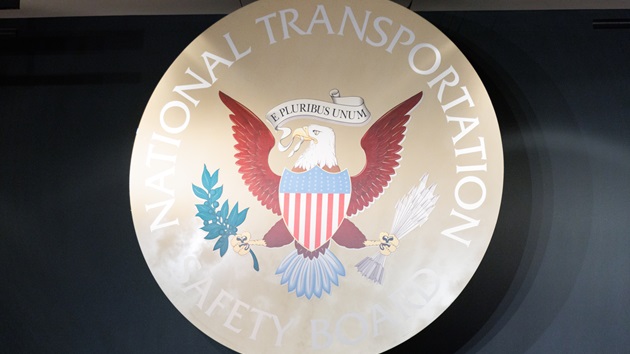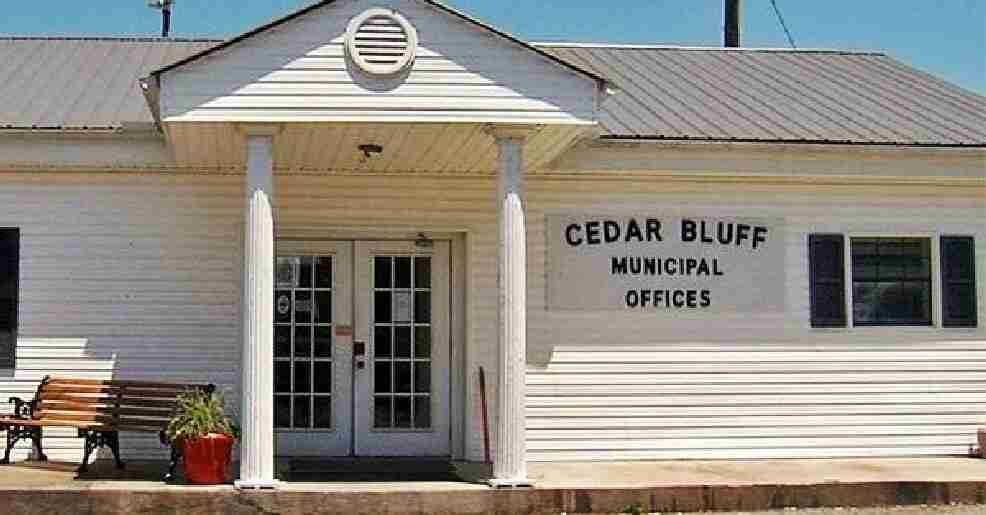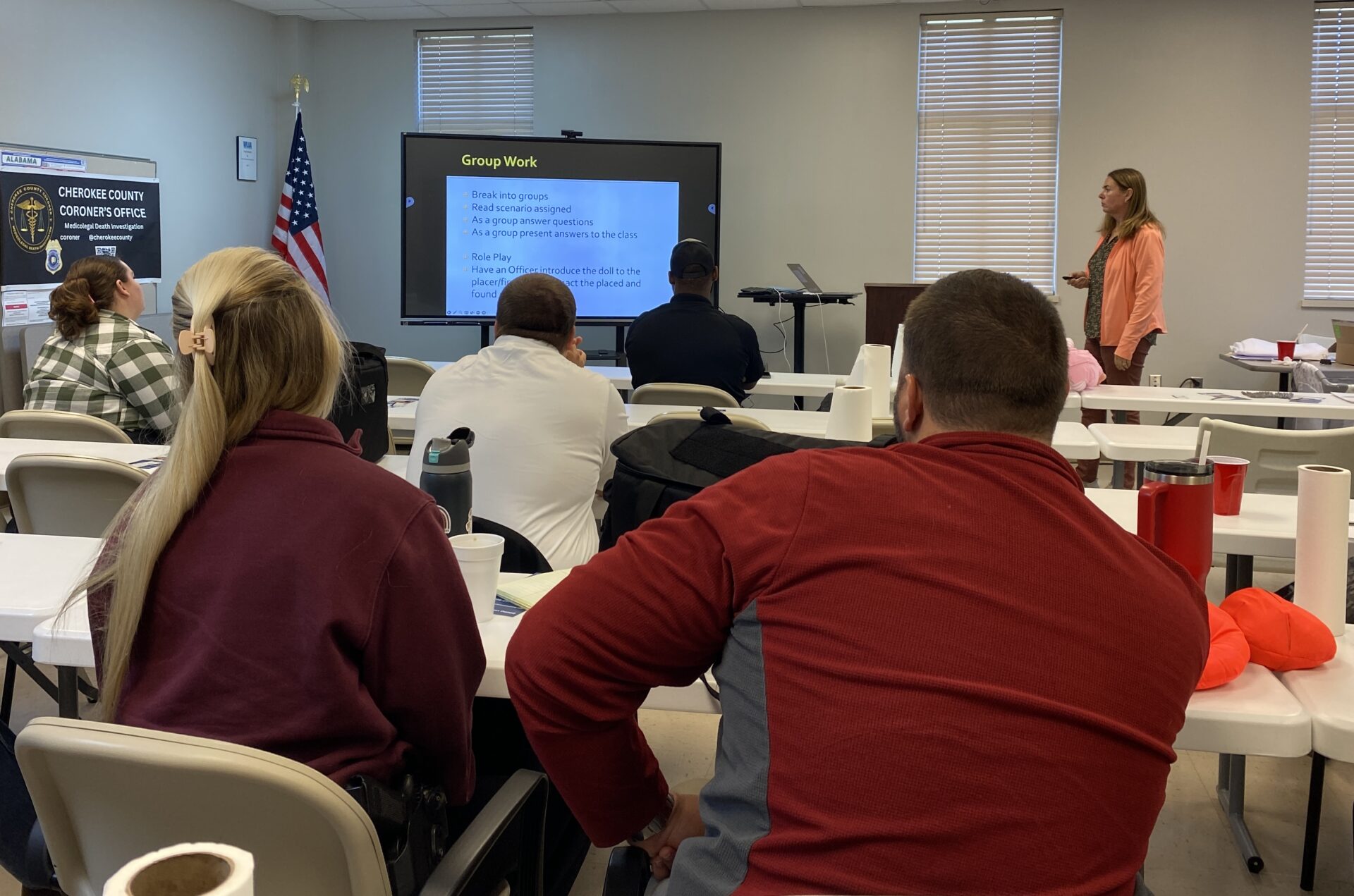
(WASHINGTON) — The pilots of a Black Hawk helicopter that collided with a passenger jet near Washington Reagan National Airport in January never heard an air traffic controller’s instruction to pass behind the jet, the National Transportation Safety Board said in a hearing Wednesday on its investigation into the crash that killed 67 people.
Roughly 15 seconds before the collision, the controller asked the Black Hawk if it had the jet in sight as it was on approach to land. Three seconds later, the controller instructed the helicopter to pass behind the airliner, but the helicopter crew had keyed its microphone at the same time as the controller and never heard the instruction, according to the Black Hawk’s flight recorder.
The new details were part of new evidence and details of the six-month probe reveaed Wednesday. The NTSB released thousands of pages of documents — including new video from the end of the runway showing the crash — about its investigation into the January collision between American Airlines Flight 5342 and the copter that was on a training flight.
The crash killed 64 passengers and crew on the airliner and all three crew on the helicopter.
Families of the victims of the crash sat in the audience of the hearing, some of whom wore pictures of their loved ones around their necks or on buttons. They broke down in tears as officials played the video with newly released surveillance footage of the incident.
During the three-day hearings, the NTSB is expected to question the Army, Federal Aviation Administration officials and others, and present its finding on the crash investigation. The NTSB will focus on a variety of topics in the hearings.
“We’re going to focus on [air traffic control], so air traffic control and training, guidance, procedures, what was going on in the air that night, and again, that is within FAA’s purview,” NTSB Chair Jennifer Homendy told reporters on Tuesday.
The NTSB will also discuss collision avoidance systems on aircraft as well as any safety data that was available and unavailable and how safety management systems can be implemented and improved.
The probe findings indicated that the jet and the helicopter were on different frequencies and could not hear each other. The flight data recorder shows that the captain of the American Airlines flight pulled up one to two seconds before the collision, presumably in an effort to avoid the Black Hawk.
More information was also revealed about one of the Black Hawk pilots, Capt. Rebecca Lobach.
In February 2022, Lobach failed a night vision goggle annual examination, but passed other night vision goggle examinations since then, according to investigators.
She had flown 56.7 hours in the last year, an average of 4.7 hours per month. Lobach also had a temporary medical suspension from flight duty in 2024, according to investigators.
On the eve of the investigative hearings, Republican Sen. Ted Cruz introduced legislation called “The Rotor Act,” which would require all aircraft, including military, to transmit ADSB location when flying — a system that allows aircraft to transmit its location to other aircraft as well as to air traffic controllers.
All aircraft flying above 18,000 feet are required to have ADSB, but certain aircraft, including military aircraft, are exempt from transmitting ADSB location for security reasons.
Transportation Secretary Sean Duffy said the NTSB recommended to the FAA to require ADSB on all aircraft nearly two decades ago.
“ADSB, and I can’t stress this enough, is a game-changer, a game-changer when it comes to safety and will provide, as we said in 2008 immediate and substantial contribution to safety. This will save lives. This legislation will save lives,” Homendy said.
In its preliminary report, the NTSB said there is no indication the Black Hawk crew could tell it was on a collision course with Flight 5342, which was landing at the same time the helicopter was passing the end of the runway.
The helicopter crew might have had bad information from their altimeter, which measures height, as the pilots had differing altitudes in the seconds before the crash, the NTSB said in its preliminary report in February.
“We are looking at the possibility of there may be bad data,” Homendy said at the time.
The crew of the helicopter might not have heard a transmission from the tower that instructed them to go behind the airliner because the pilot may have keyed her radio at the same second and stepped on the transmission from ATC, the NTSB preliminary report findings showed.
One helicopter pilot thought they were at 400 feet and the other thought they were at 300 feet. The NTSB said it was not prepared to say exactly how high the helicopter was at impact.
Copyright © 2025, ABC Audio. All rights reserved.




